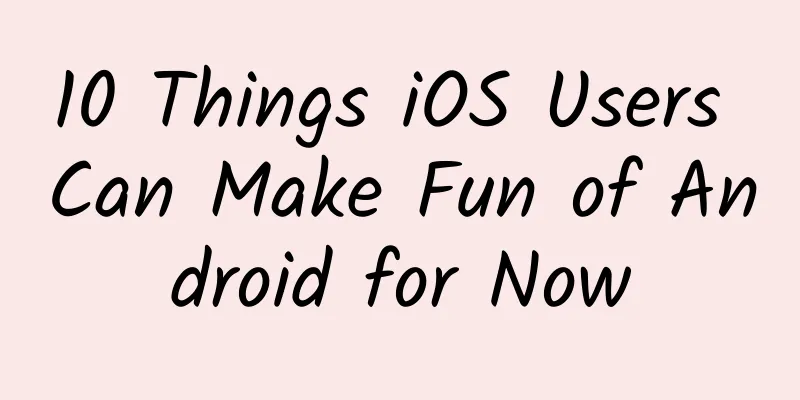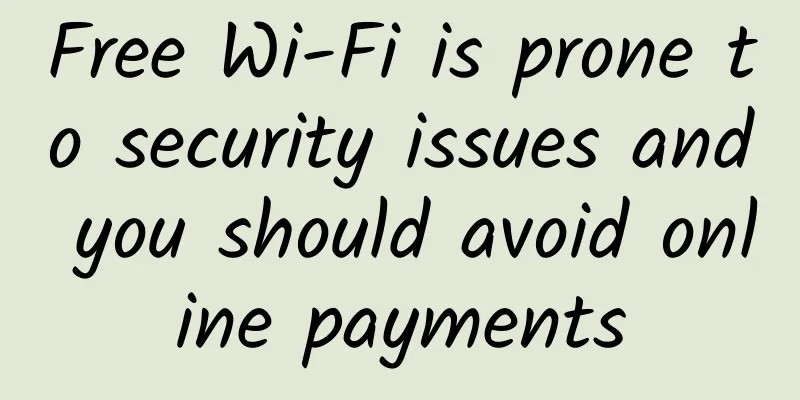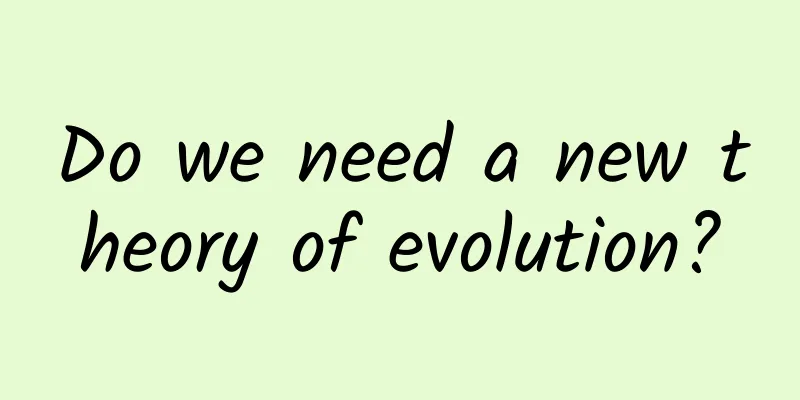10 Things iOS Users Can Make Fun of Android for Now

|
The battle between Android and iOS devices has never stopped. After all, the concepts and actual performances of all high-tech products are different. Take Android for example. Many features make users unhappy or even angry. Let's take a brief inventory of 10 features that iOS is better than Android. Of course, this does not mean that Android is worse than iOS, because the most headache for Cook every day is that every day there are users switching to Android, and vice versa, because we will also take stock of the 10 features that Android is better than iOS. 1. Inconsistent design Let's face it, even though Google announced Material Design as a design language and hopes that developers will follow it, there are very few apps that actually use the Material Design style interface, and most of them still use the old Holo Design design language. It's unclear whether it's because Material Design is not good or developers think it's unnecessary, there are still many different styles of apps on Google Play, and it seems that there is still a long way to go to unify the design. In terms of design language cohesion and unity, Apple's apps do much better, and most apps have adjusted the user interface design specifically for the new system style. 2. It doesn’t look like a streamlined iOS The Android operating system is far less intuitive than iOS. You can always find different options or features on any Android device, while Apple's iOS system uses the same way to do everything. Of course, the native Android operating system may be the most intuitive, but device manufacturers just don't like native Android, and almost every brand of smartphone has its own customized user interface. This means that if a user wants to change to a different brand of mobile phone, he must go through a certain learning process to adapt, and this learning process may be lightweight or difficult to use. More importantly, the interface of each smartphone of the same brand is different, which is very different from the experience of iOS users who change to a new iPhone and get started directly. 3. System update and upgrade This is true. Whenever a new version of Android is released, most Android users have to wait for a long time before they can get the official version of the system upgrade, and this is already lucky. If you are unlucky, you may have to wait forever without any hope of upgrading. On the other hand, for iOS devices, on the day when the new system version is released, there will always be a large number of users who upgrade directly, and then the number of people using the new system accounts for the majority. Of course, if the user has a Nexus device, he will get the upgrade the fastest, but Nexus has a very low market share among Android phones worldwide. 4. A large number of bloated applications are built in
The number and degree of bloat of built-in applications depends entirely on which Android smartphone the user purchases. Brand manufacturers and operators both like to pre-install various applications in smartphones, and most of them cannot be directly disabled or completely manually deleted, but some of them are not too bloated. On the other hand, although iOS devices also have many pre-installed applications, some of which may not be of much use to individuals, such as Apple Watch, the pre-installed applications do not make users feel very bloated. In short, although the iOS system is getting bigger, it is undeniable that the experience of many Android devices is indeed ruined by a large number of pre-installed applications. 5. The control center is more intuitive and easy to use Different users have different feelings about this, with both positive and negative reactions. iOS devices support swiping up directly from any interface to access the control center, and provide some important switches, including music control and volume adjustment. Android is the first smartphone to provide quick settings and notification bar, but some users think that its arrangement is messy and not intuitive enough. For example, in the Android Lollipop system, users must swipe the top twice or use a two-finger gesture to find the quick switch they need, while iOS only needs to swipe from the bottom, which is simpler and more user-friendly, but the only drawback is that the quick switch cannot be customized. 6. The built-in camera app has limited functionality In terms of default camera features, iOS seems to be more intuitive and has more features than Android, such as manual exposure control, auto exposure/auto focus, etc. Many features are missing from the default camera on Android devices. However, the new version of Android and the camera applications provided by most device manufacturers can make up for it. 7. No iCloud backup function The most powerful data backup function that comes with iOS is iCloud, which is intuitive and easy to use. Users only need to turn on the switch and select the apps and data to be backed up. It can also automatically back up in a Wi-Fi environment and restore at any time. There are similar solutions on Android, but most of them are difficult to back up completely. If you really want to complete it, you need to obtain root permissions and then back up and restore through third-party recovery, such as Nandroid and Titanium Backup. 8. Application Updates This is also true. Google Play does have more games and apps than Apple's App Store now, but the latter is always more popular with developers, especially when it comes to releasing new models or new versions of applications. iOS always gives priority to developers, followed by Android. Many users' dissatisfaction with developers or the "no updates to apps" of developers also stems from this. However, Apple does bring more revenue to developers. 9. Lack of Continuity Features If you have a full range of Apple products at home, such as Mac, iPad and iPhone, as long as your mobile devices are upgraded to the new version of iOS 8, many tasks in work and life will become more convenient. For example, unfinished work on Mac can be continued on iPad, Mac can answer the phone when iPhone calls, hotspot can be shared even without Wi-Fi, etc. Many functions can be seamlessly connected between Apple devices. This is not really possible on Android, and Google is also improving Chrome OS to allow it to receive notifications instead and even run Android applications directly. 10. Apple's health app is currently more complete than Google Fit When it comes to Apple's health application, it is inevitable to think of Google Fit. Compared with Apple, Google's solution is still disappointing to many users in terms of functionality, especially the incomplete ecosystem. Apple's health functions are richer, and it also has many supporting third-party applications and accessories. Thanks to the perfect HealthKit and ResearchKit, iOS devices are like a powerful medical platform. |
<<: A set of pictures to understand Android, this foodie
Recommend
Google partners with car rental company Avis to manage its self-driving cars
According to Bloomberg, Alphabet's self-drivin...
How to build a product operation and promotion system for two-dimensional products?
The analysis in this article is mainly to underst...
How to operate an APP software online?
In general, app operations are divided into two a...
How does information flow advertising use 10,000+ tags for precision marketing?
Different from traditional advertising, the bigge...
Will I suffer from fecal incontinence if I am infected with XBB.1.5? Do I need to stock up on diapers? Here comes the answer
On January 4, the Chinese Center for Disease Cont...
All YOGA products have been updated. What can Lenovo do to challenge Microsoft Surface?
Nowadays, domestic mobile phones like to "be...
Where did the red underwear for the birth year come from?
The New Year is coming, and from the city to the ...
What are mobile phone fans crazy about?
Anyway, I think it is a very strange thing to be ...
How much do you know about data operations?
Generally speaking, data is the most authentic wa...
2015 App Operation and Promotion Strategy (Full Version)
The basic tone of the APP operation and promotion...
The "magic drug" that changed the world! Was aspirin born from a doctor's filial piety?
There is a drug that you may not have taken, but ...
Is it necessary for Guangzhou flower shops to develop mini programs? Why do we need to create a flower mini program?
For flower shop owners, offline channels can no l...
What is the real reason for customer churn?
In today's brand marketing stage where produc...
Do you have to buy a mobile phone with a large memory? 128G or 512G, what is the most suitable memory for mobile phones now?
Many people must have such a problem before buyin...
Three weather maps explain the current blizzard, the coming cold wave and the counter-trend warm Arctic
China is experiencing widespread rain and snow, a...









